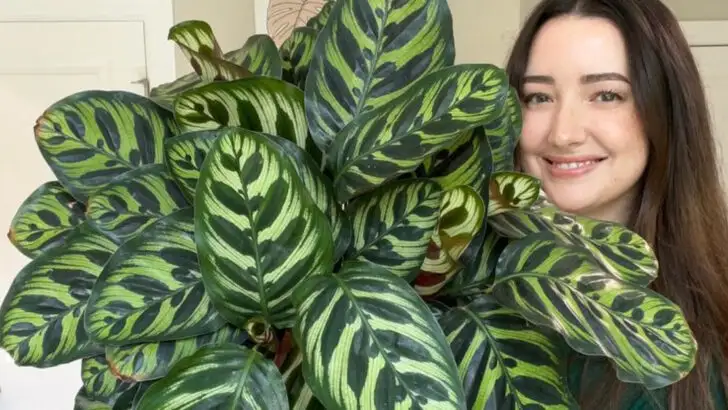Not all houseplants are thrilled when summer rolls in. While you might assume more sun and warmth equals happier plants, some of the most popular indoor greenery actually struggle when temperatures soar. If your fiddle leaf fig or peace lily suddenly looks sad in July, the heat could be to blame.
We’ve rounded up 9 houseplants that really don’t like the heat—they wilt faster, droop easier, and may even stop growing altogether when exposed to too much warmth, sunlight, or dry air. But don’t worry—this list also includes 7 houseplants that thrive in summer conditions, soaking up the warmth like it’s their personal vacation in the tropics.
Whether your apartment turns into a sauna in July or you’re trying to rescue droopy leaves by the windowsill, knowing which plants to pamper—and which to proudly display—can make all the difference. These summer plant tips will help you avoid the usual seasonal pitfalls and keep your indoor jungle healthy, vibrant, and heat-proof.
Peace Lily
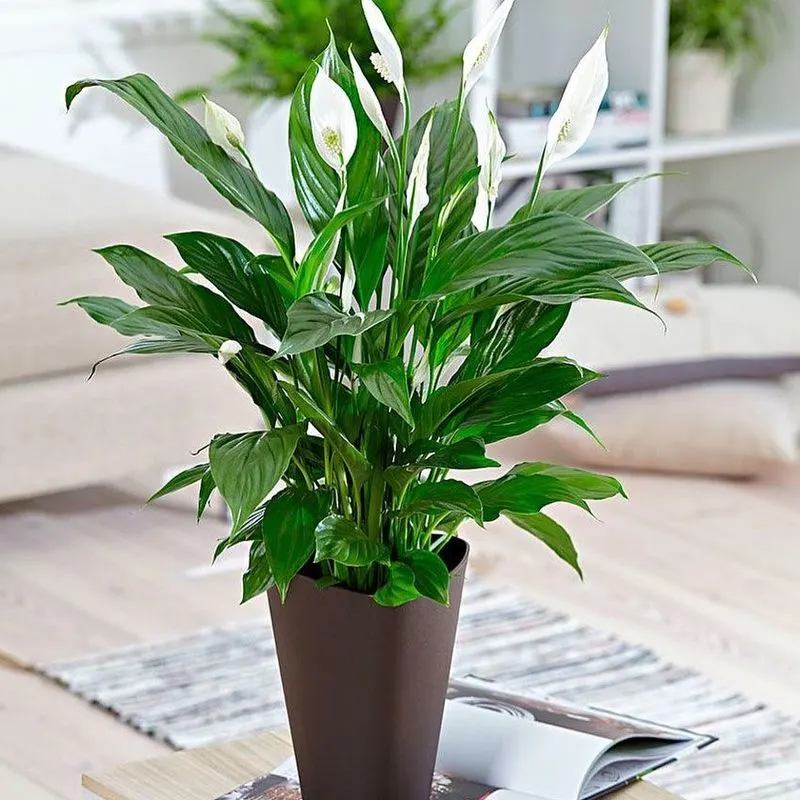
With its glossy leaves and pristine white blooms, the Peace Lily exudes elegance. Yet, it wilts in the summer heat, yearning for cooler environments and high humidity. Keeping it away from direct sunlight is crucial. A shaded spot indoors can preserve its beauty. Peace Lilies are also known for their air-purifying properties, adding value beyond aesthetics. This plant hails from tropical regions where gentle, consistent moisture prevails. Its natural habitat contrasts sharply with arid, hot conditions, making it a finicky summer companion. Embrace misting and regular watering to keep it content.
Boston Fern
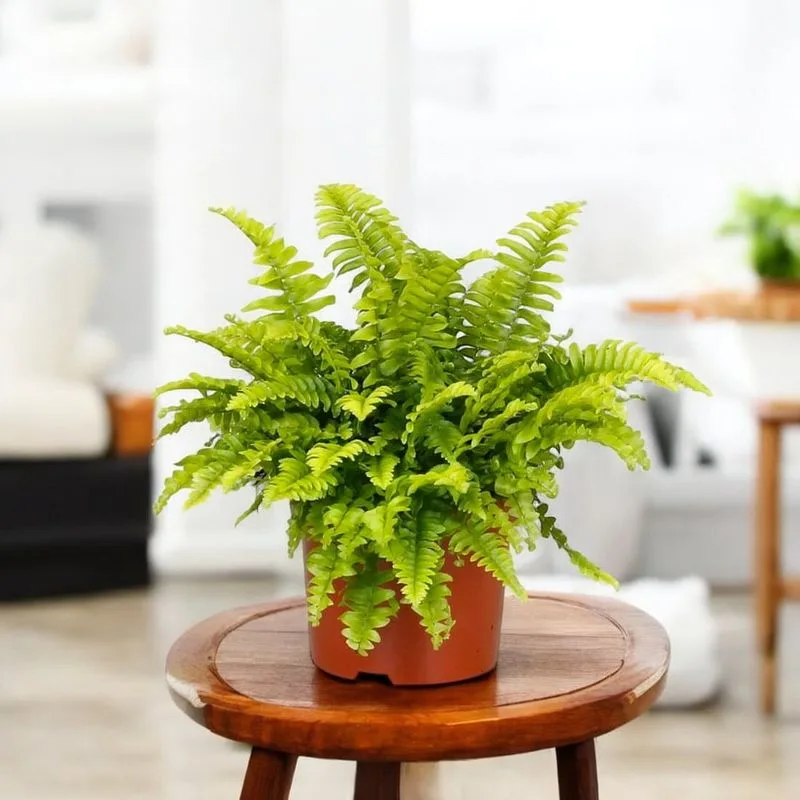
Known for its feathery fronds, the Boston Fern thrives in cool, humid conditions. Summer’s dry heat can cause its leaves to brown and wither. To mimic its natural woodland habitat, maintain high humidity levels and cooler temperatures. It’s best kept away from direct sunlight, which can scorch its delicate leaves. An excellent choice for hanging baskets, it adds a touch of classic charm to any space. Regular misting and consistent moisture are key to keeping a Boston Fern healthy, especially during the warmer months.
Fiddle Leaf Fig
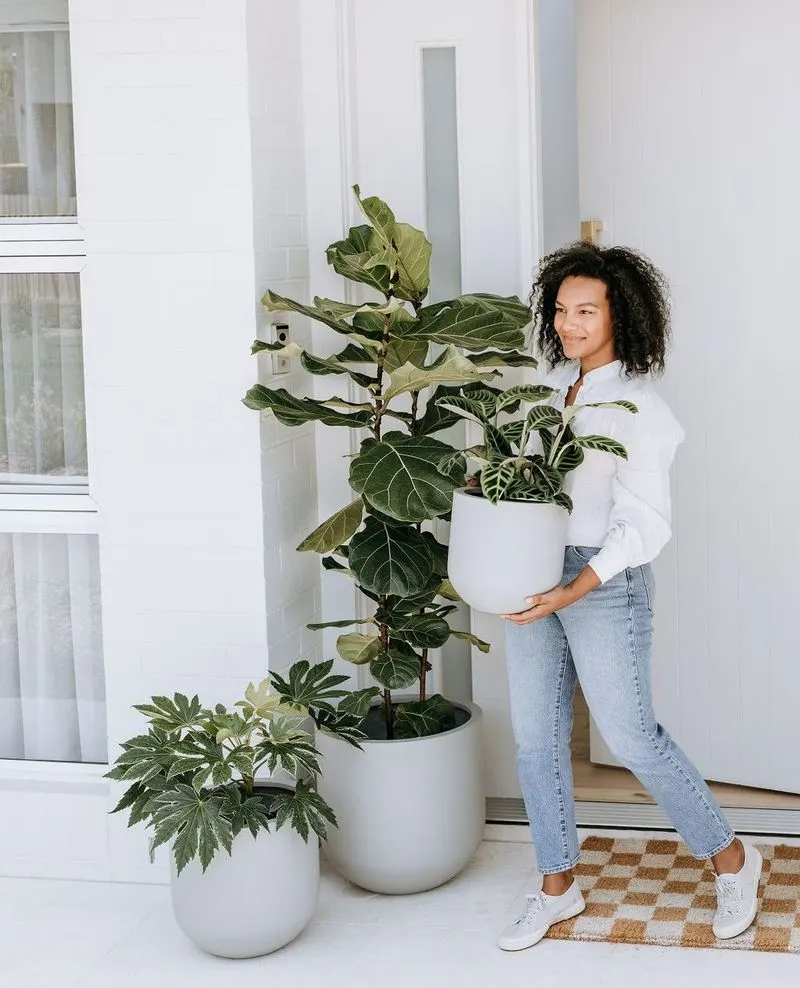
The Fiddle Leaf Fig’s dramatic leaves make it a popular choice, yet it struggles in intense summer heat. Preferring bright but indirect light, it thrives away from scorching rays. Consistent watering is crucial, but overwatering can lead to root rot. Originating from the rainforests of West Africa, it relishes humid, temperate environments. The summer months can dry the air, so consider humidifiers or regular misting. Though it demands attention, its striking appearance rewards the careful gardener, offering a bold statement in any room.
Maidenhair Fern
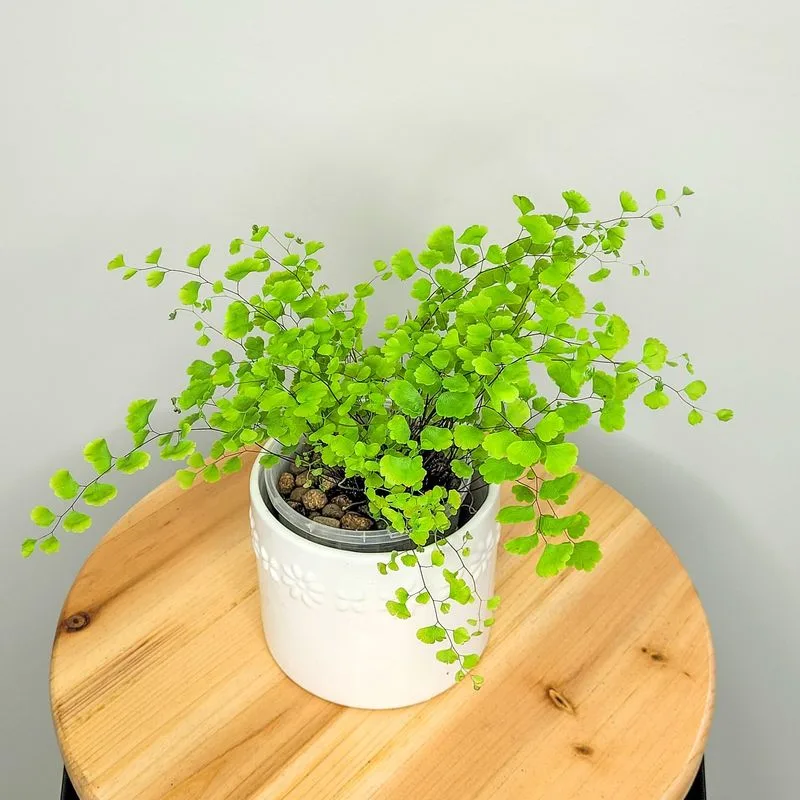
Maidenhair Ferns enchant with their lacy foliage, but they’re quite particular about their environment. They disdain the dry, hot summer air, thriving instead in high humidity and shade. Direct sunlight is their nemesis, causing their leaves to crisp and brown. Frequent misting and a pebble tray with water can help maintain the moisture they crave. Native to tropical and subtropical regions, these ferns prefer a gentle touch and consistent conditions. Their delicate beauty requires dedication, but the reward is a stunning, vibrant plant.
Calathea
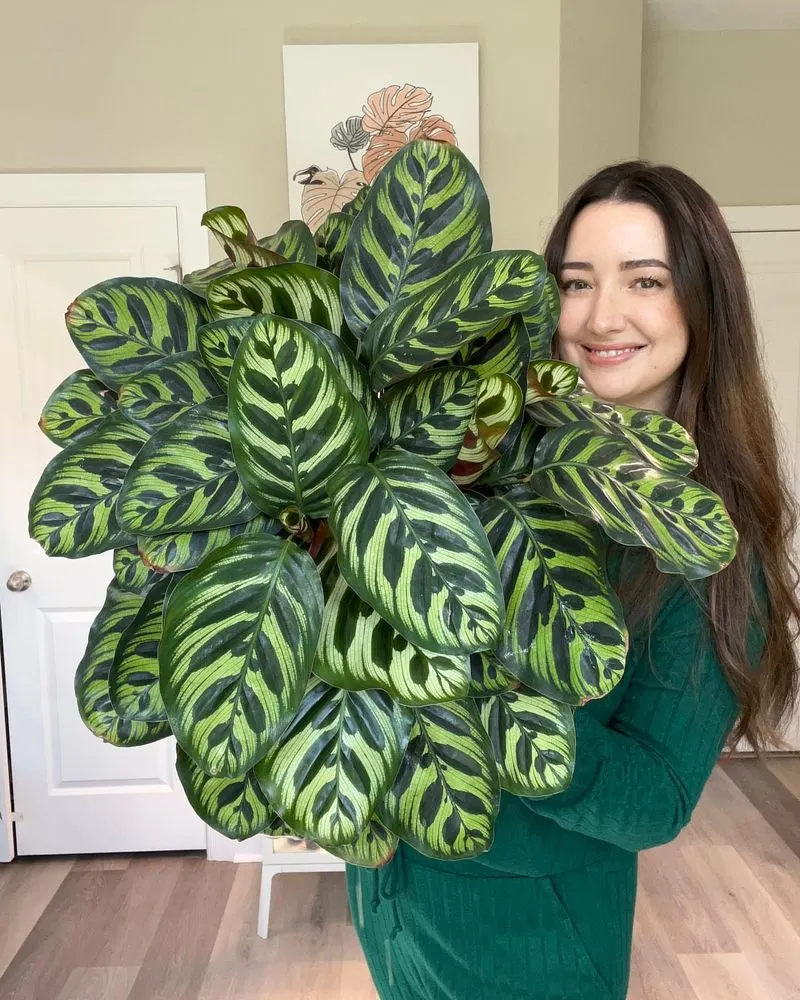
Calatheas are known for their boldly patterned leaves, adding an exotic flair to interiors. However, they loathe the summer’s dry heat, preferring humid, shaded spots. These plants are sensitive to water quality, favoring distilled or rainwater. Originating from the understory of Brazilian jungles, they flourish in consistent humidity and temperatures. Their leaves close at night, a charming trait known as ‘nyctinasty.’ Despite their beauty, Calatheas can be fussy, reacting to environmental changes with browning edges. Providing a controlled, moist environment keeps them vibrant.
Spider Plant
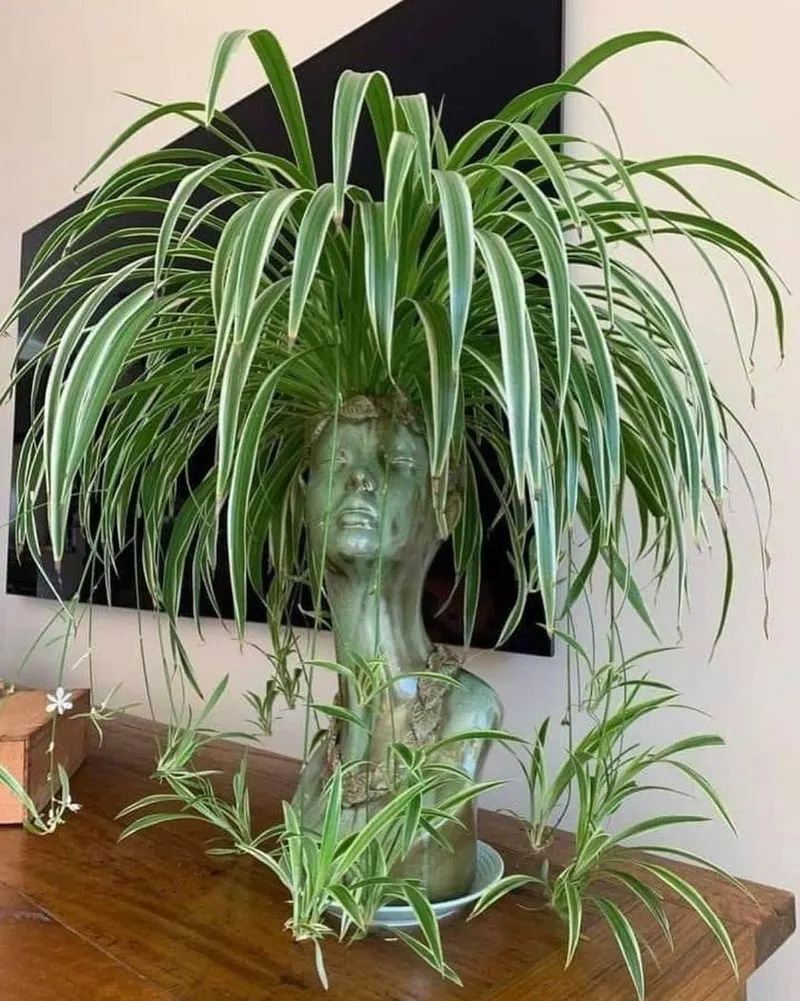
Spider Plants, with their arching green and white striped leaves, are resilient yet sensitive to summer heat. They thrive in bright, indirect light, but excessive sunlight can bleach their foliage. During hot months, they appreciate more frequent watering. Adaptable and easy to care for, they make excellent beginner plants. Originating from South Africa, they prefer cooler temperatures and moderate humidity. Their air-purifying qualities add to their appeal, making them a practical choice for any home. Keep them flourishing with balanced light and consistent moisture.
English Ivy
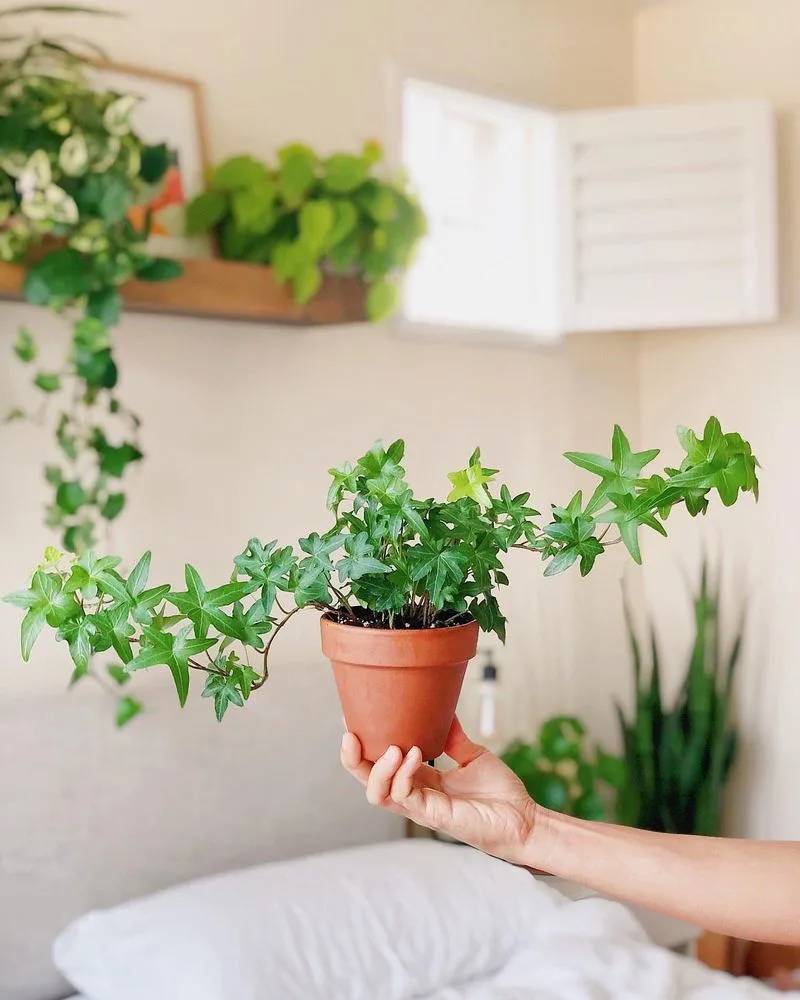
English Ivy is a classic choice for indoor greenery, yet summer heat can be its downfall. It thrives in cool, shaded areas with moderate humidity, away from harsh sunlight. Known for its trailing vines, it adds elegance to mantels and shelves. English Ivy is also recognized for its air-purifying abilities, making it a beneficial addition to homes. Though hardy, it requires consistent moisture during hot months to prevent leaf browning. Its adaptability and timeless appeal keep it a favorite among indoor gardeners.
Prayer Plant
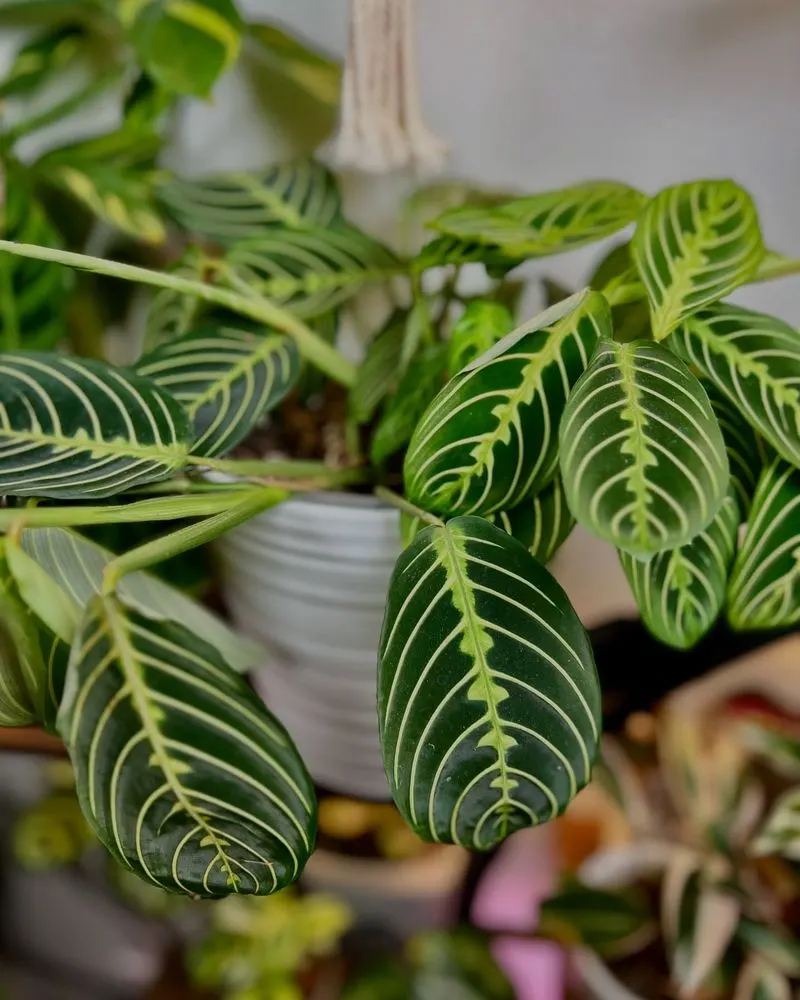
The Prayer Plant captivates with its patterned foliage that folds up at night, resembling hands in prayer. It prefers humid, warm environments but not the harsh summer sun. Indirect light suits it well, as direct rays can scorch its leaves. Regular watering keeps it hydrated, yet overwatering should be avoided. Native to the tropical forests of Brazil, this plant flourishes in consistent humidity. Its vibrant appearance and unique behavior make it a delightful conversation piece, rewarding those who cater to its specific needs.
Orchid
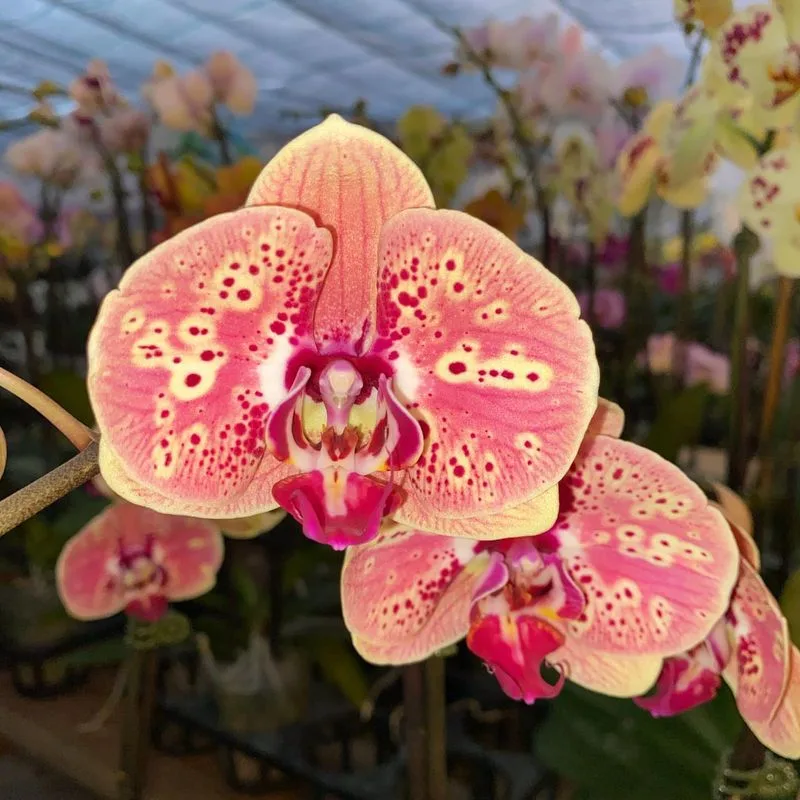
Orchids are synonymous with sophistication, yet they shy away from summer’s intense heat. Preferring diffused light, these exotic beauties need controlled humidity and airflow. Overwatering is a common pitfall, as their roots require aeration. Originally from tropical regions, orchids thrive in a balance of moisture and light. Their diverse range of colors and shapes adds elegance to any space. By providing the right conditions, orchids reward with stunning blooms that captivate and enchant, turning any room into an exotic retreat.
Aloe Vera
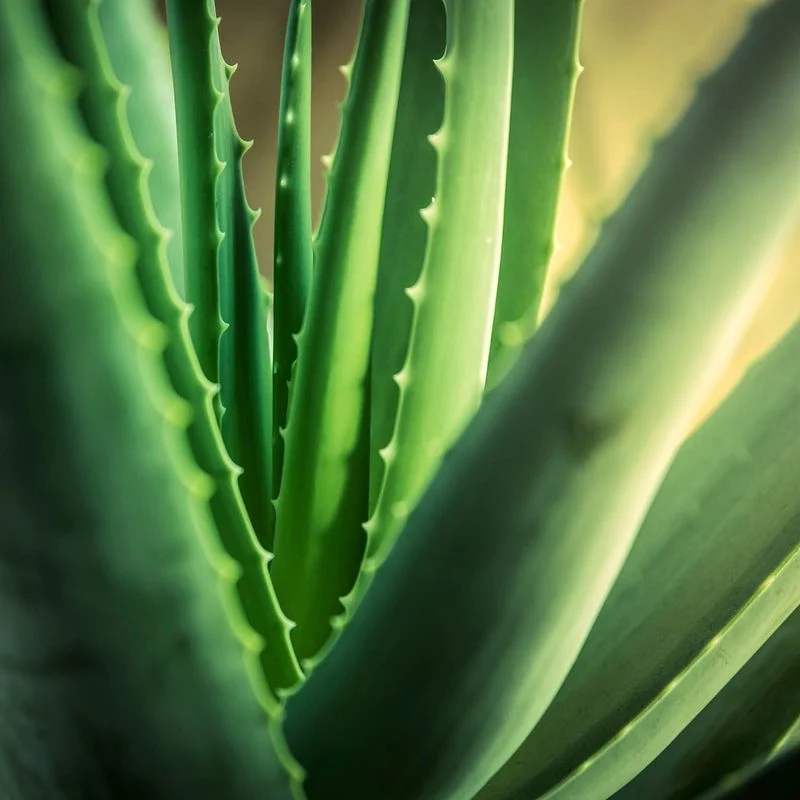
Aloe Vera is a sun-loving plant that relishes warm conditions, making it a summer favorite. Its fleshy leaves store water, making it drought-resistant and low-maintenance. Originating from arid regions, it thrives in bright sunlight. Known for its soothing gel, Aloe Vera is both decorative and functional, often used in skincare. While it loves the heat, overwatering can be detrimental. Ensuring well-drained soil and occasional watering keeps it healthy. Its robust nature and practical uses make it a versatile addition to any home.
Jade Plant
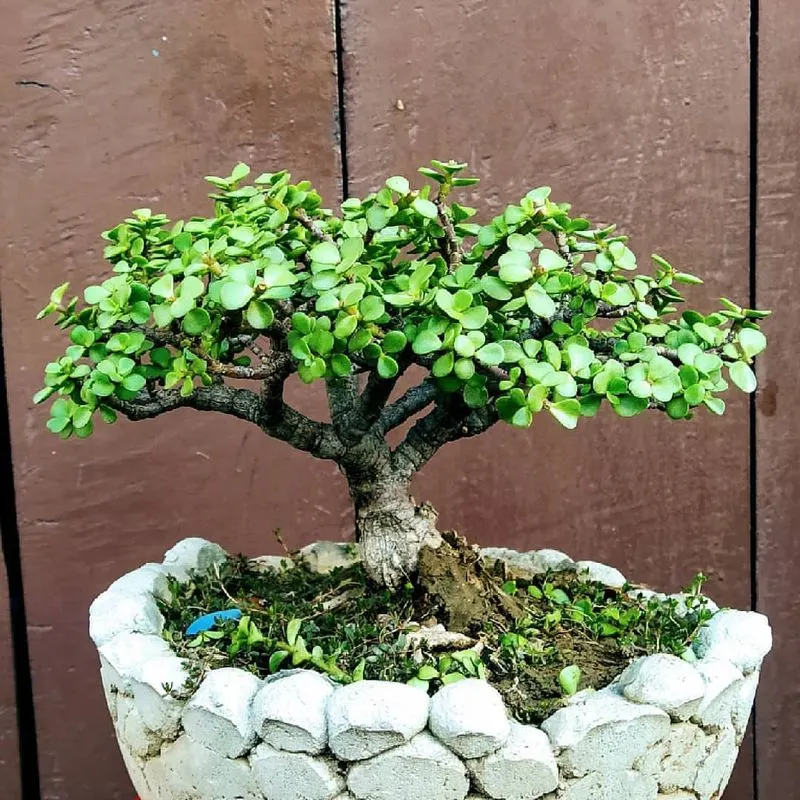
Jade Plants, with their thick, fleshy leaves, are heat enthusiasts. They soak up the summer sun, thriving in bright, direct light. Their drought-tolerant nature makes them low-maintenance, ideal for busy lifestyles. Originating from South Africa, they flourish in warm, arid conditions. Overwatering can lead to root issues, so sparing watering is key. The Jade Plant’s longevity and easy care make it a symbol of prosperity and friendship, often gifted as a good luck charm. Its vibrant green foliage adds a touch of nature to any space.
Succulents
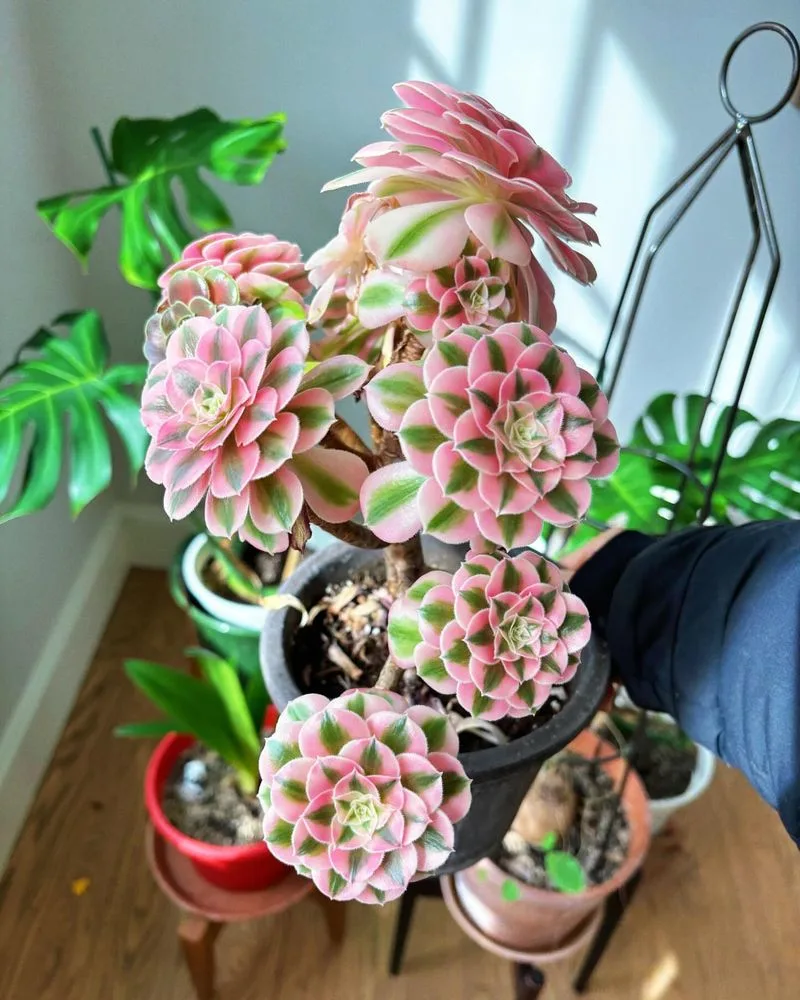
Succulents, known for their water-storing capabilities, revel in summer heat. Their diverse shapes and colors bring variety to any collection. Thriving in bright light, they require minimal watering, making them perfect for forgetful caretakers. Originating from desert climates, succulents are resilient and adaptable. Despite their hardy nature, overwatering is a common mistake. Providing well-drained soil keeps them healthy. Their unique appearance and low-maintenance nature make them a popular choice for both novice and experienced gardeners, adding intrigue to any setting.
Cactus
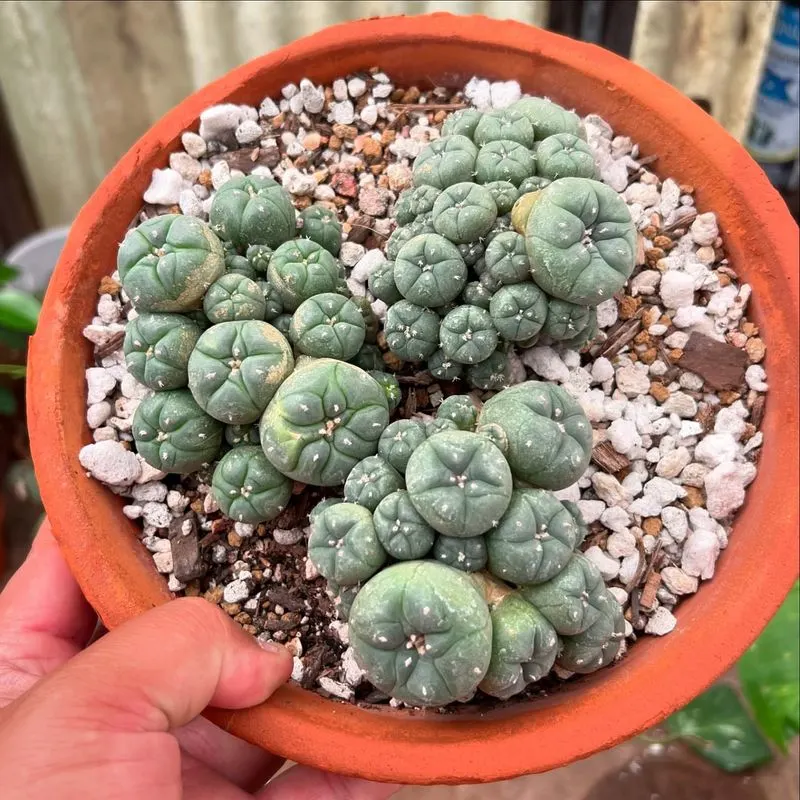
Cacti are the quintessential heat lovers, thriving in sunny, arid environments. Their spiky exteriors and diverse forms add a rugged beauty to gardens. Requiring little water, cacti are perfect for warm, dry climates. They store moisture efficiently, allowing them to survive prolonged droughts. Originating from desert regions, they are adapted to extreme conditions. While they enjoy bright sunlight, overwatering can be fatal. Their hardy nature and distinctive looks make them a standout choice for those seeking low-maintenance, eye-catching plants.
Snake Plant
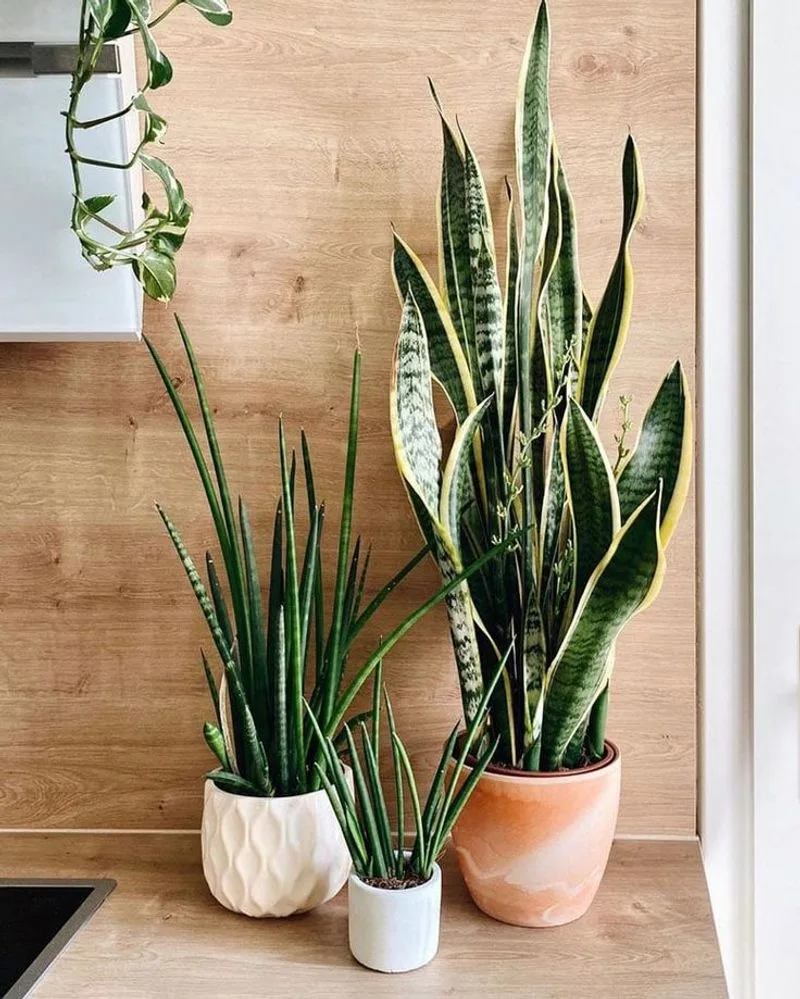
Snake Plants, also known as Mother-in-Law’s Tongue, thrive in warm, dry conditions. Their upright leaves are both striking and resilient, making them ideal for summer. Known for their air-purifying qualities, they enhance indoor environments. Low-maintenance and drought-tolerant, they require infrequent watering. Originating from West Africa, they adapt well to various conditions but prefer bright, indirect light. Their ability to convert carbon dioxide to oxygen at night makes them a bedroom favorite. With minimal effort, they provide maximum impact and clean air.
Rubber Plant
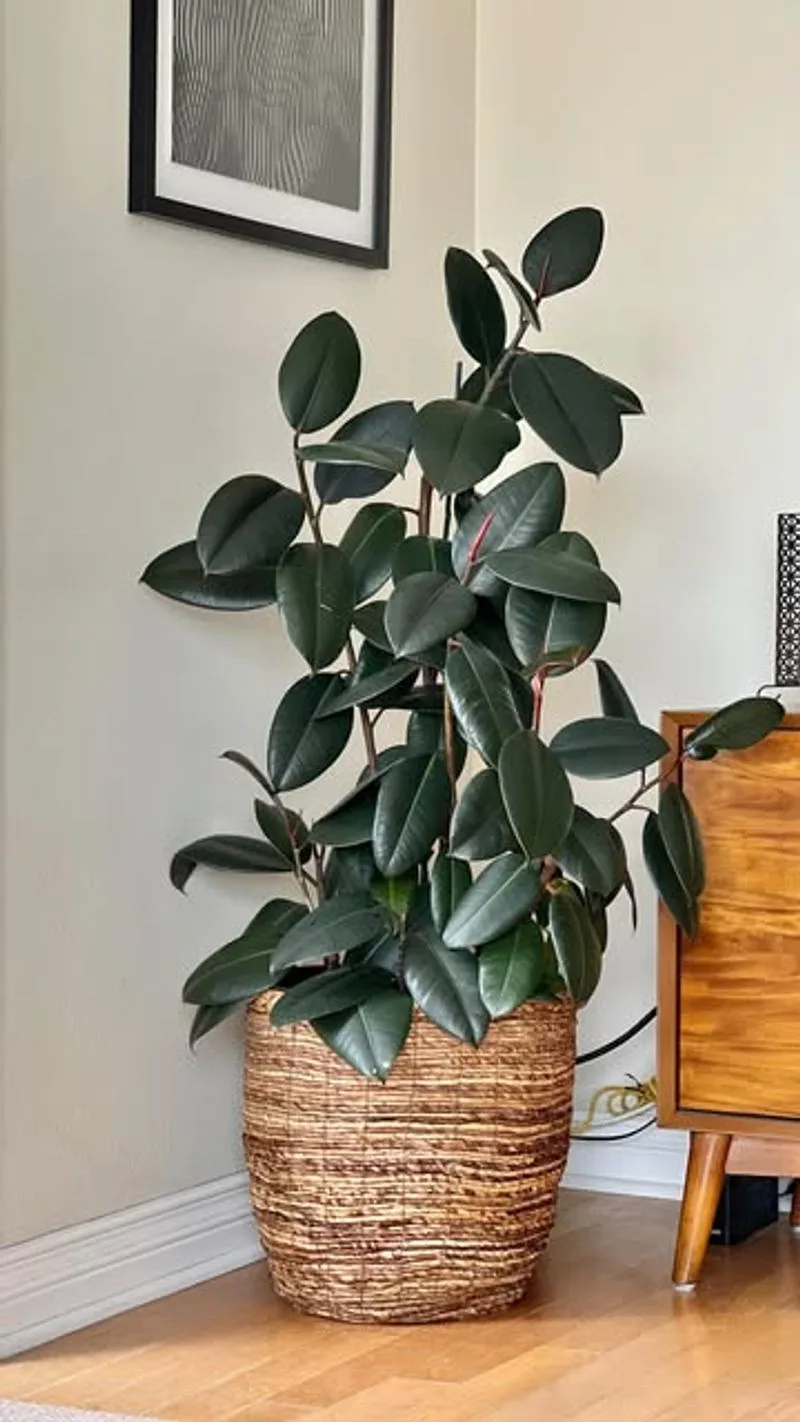
Rubber Plants love the warmth, basking in indirect sunlight. Their broad, glossy leaves add a touch of elegance to interiors. While they appreciate humidity, they can withstand drier conditions. Originating from Southeast Asia, they thrive in well-lit areas. Overwatering is a common issue, so allowing the soil to dry between waterings is essential. Known for their air-cleansing abilities, Rubber Plants contribute to healthier indoor environments. Their striking appearance and resilience make them a popular choice for both homes and offices.
Palm Tree
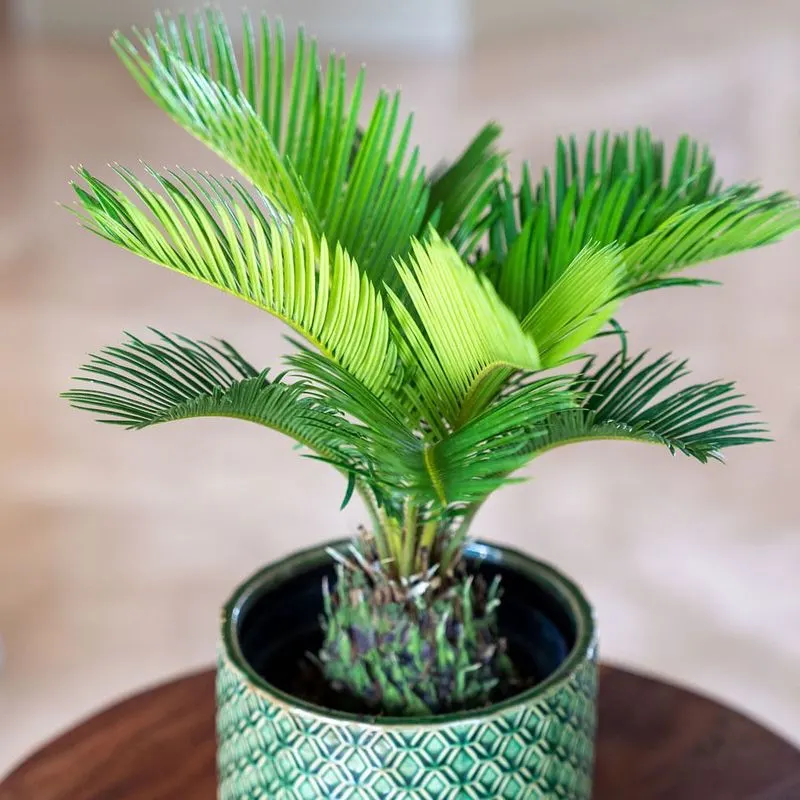
Palm Trees evoke the essence of tropical paradises, thriving in warm, sunny environments. Their graceful fronds add a sense of relaxation and elegance to spaces. They prefer bright, indirect light and well-drained soil. Native to tropical and subtropical regions, they are accustomed to higher temperatures and humidity. While they enjoy moist conditions, overwatering can be detrimental. Palms are versatile and can adapt to various indoor settings, bringing a touch of the exotic to any home or office. Their presence is a reminder of sun-filled getaways.

